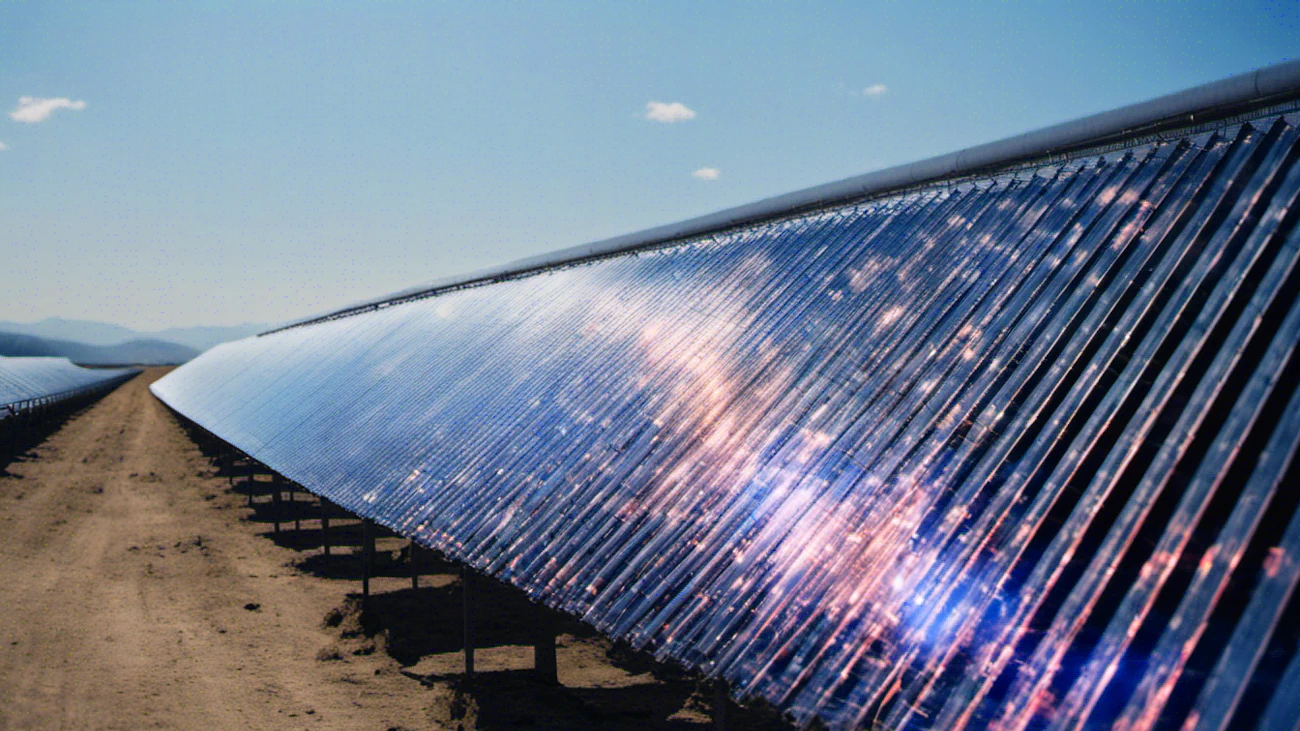It is important to distinguish between solar energy used for heating and that employed in electricity generation. Undoubtedly, both topics are of significant interest, though we will delve deeper into solar thermal energy in a separate article. In this article, we will provide a brief introduction to thermal energy and focus on generating heat from solar energy.
In the quest for sustainable and renewable energy sources, solar power stands as a beacon of hope, offering immense potential to revolutionize our energy landscape. Among the various methods of utilizing solar energy, solar thermal energy emerges as a promising avenue, tapping into the sun's immense power to generate heat and electricity. Let's take an illuminating journey through the history, functionality, types, advantages, disadvantages, and future challenges of solar thermal energy.
History
The roots of solar thermal energy stretch far into history, with civilizations like the Greeks and Chinese utilizing solar architecture for heating water thousands of years ago. However, the modern concept of solar thermal energy began to take shape in the 19th century. French scientist Edmond Becquerel discovered the photovoltaic effect in 1839, laying the groundwork for understanding how sunlight could be converted into usable energy. Significant advancements followed, leading to the development of various solar thermal technologies.
How Does solar thermal energy work?
Solar thermal energy harnesses sunlight to generate heat, usually employing collector systems that absorb solar radiation. These collectors can take different forms, including flat-plate collectors, evacuated tube collectors, and concentrating solar power (CSP) systems. Upon absorption, the collected heat is transferred to a fluid, such as water or a heat-transfer fluid, which is then used for heating purposes or to produce electricity through turbines and generators.
Diverse types solar thermal energy
Solar thermal energy systems come in diverse types, each with its unique mechanisms and applications.
- Flat-plate collectors, commonly used in residential water heating, consist of dark absorber plates covered by glass to trap heat.
- Evacuated tube collectors use a series of glass tubes to enhance heat retention.
- Concentrating solar power (CSP) systems, on the other hand, use mirrors or lenses to concentrate sunlight onto a small area, producing high temperatures that can generate electricity.
Advantages and disadvantages
Advantages:
- Renewable and Abundant: Solar energy is an infinitely renewable resource, abundantly available across the globe.
- Low Operating Costs: Once installed, solar thermal systems often have minimal operating costs, reducing reliance on traditional energy sources.
- Reduced Environmental Impact: Solar thermal energy production generates minimal greenhouse gases, contributing to a cleaner environment.
- Diverse Applications: From heating water in households to large-scale electricity generation, solar thermal energy has versatile applications.
- Energy Independence: It offers an opportunity for regions to reduce dependence on imported energy sources, fostering energy independence.
Disadvantages:
- Intermittency: Solar energy production is reliant on sunlight availability, leading to intermittency in energy generation, especially at night or during adverse weather conditions.
- Initial Cost: The upfront cost of installing solar thermal systems can be relatively high, deterring widespread adoption.
- Space Requirements: Large-scale solar thermal systems often require considerable space, limiting their feasibility in densely populated areas.
- Storage Challenges: Storing solar thermal energy for use during non-sunlight hours remains a technological challenge.
- Environmental Impact: While minimal, the manufacturing and disposal of solar thermal components may have environmental repercussions.
The Challenges in the present and future
Despite its promising aspects, solar thermal energy faces several challenges in its widespread adoption and advancement.
Current Challenges:
- Technological Efficiency: Enhancing the efficiency of solar thermal systems to maximize energy production remains a priority.
- Storage Solutions: Developing effective and cost-efficient energy storage systems to overcome intermittency is crucial.
- Economic Viability: Making solar thermal technology more economically feasible through reduced installation costs and improved performance is essential.
Future Prospects:
- Advancements in Technology: Continued research and development can lead to breakthroughs in improving efficiency and reducing costs.
- Integration with Other Technologies: Integration with complementary technologies like energy storage and smart grids can enhance solar thermal energy's reliability.
- Policy Support and Investment: Supportive policies and increased investment in renewable energy can accelerate the adoption of solar thermal technology.
Solar thermal energy stands as a remarkable avenue in the realm of renewable energy, offering vast potential to mitigate climate change and meet our growing energy needs sustainably. Despite facing challenges, ongoing innovations and collective efforts signify a brighter future where solar thermal energy plays a pivotal role in our global energy landscape.
Thanks for reading!
Are you still interested in this topic?
A good idea is to continue here:

